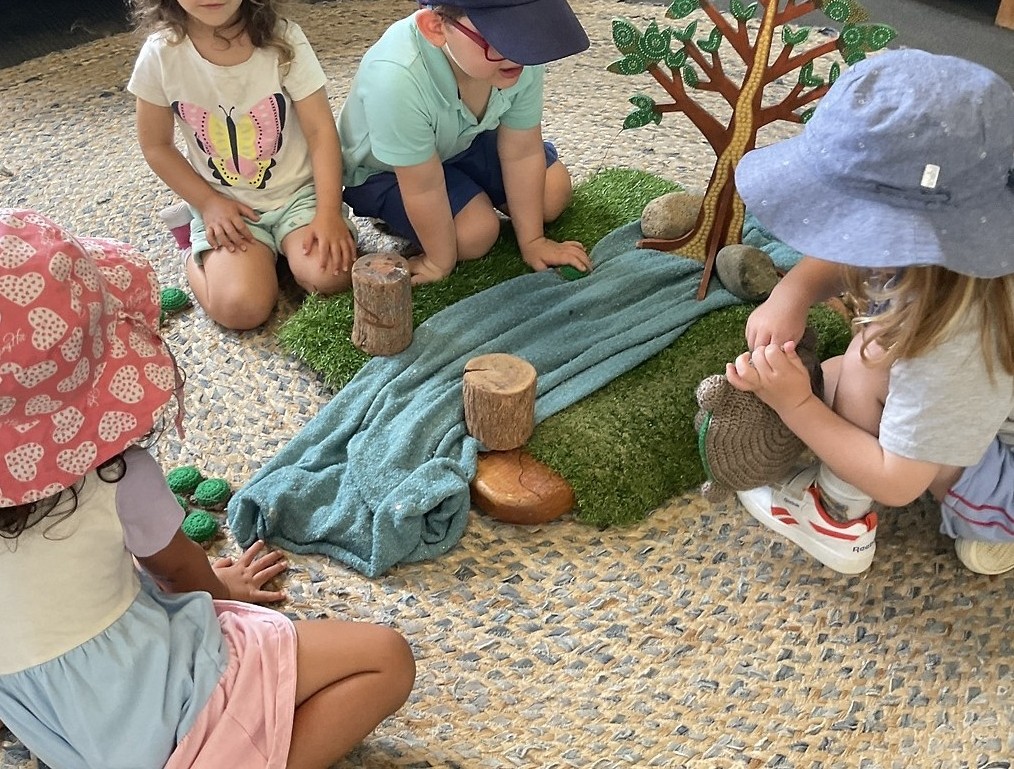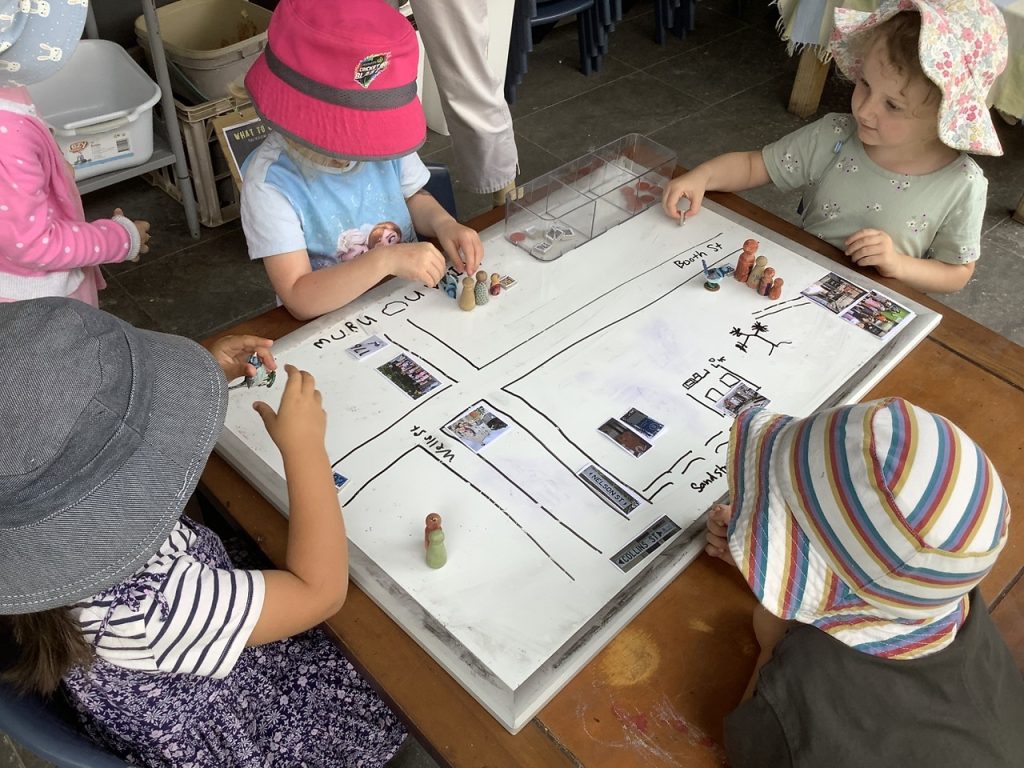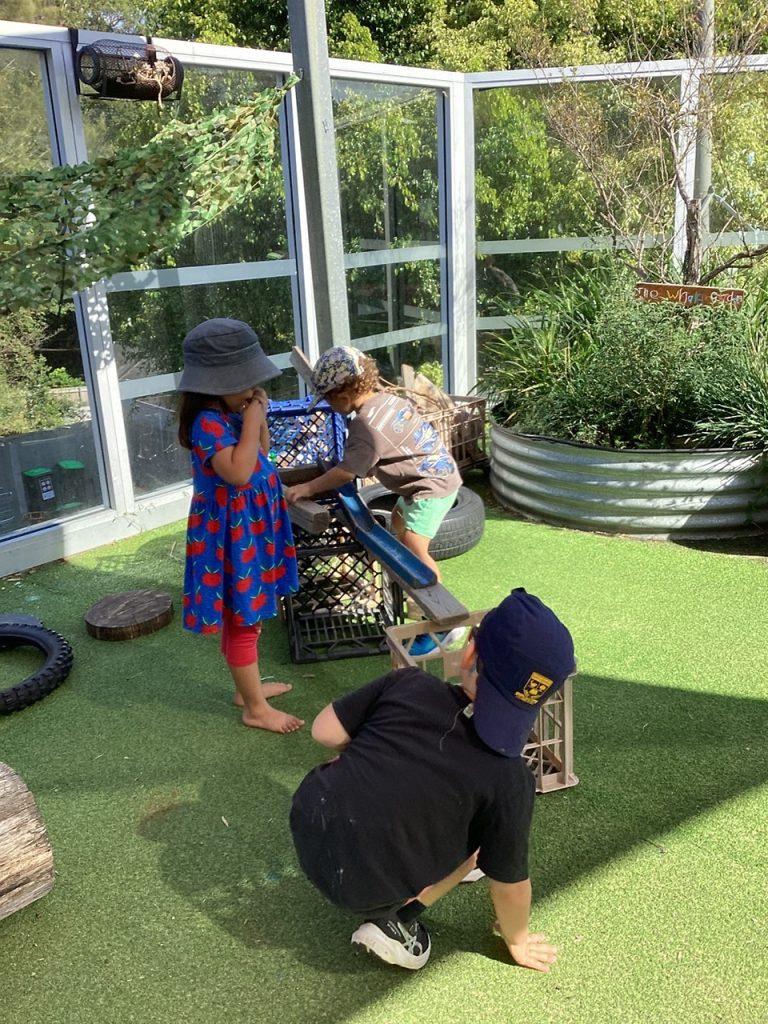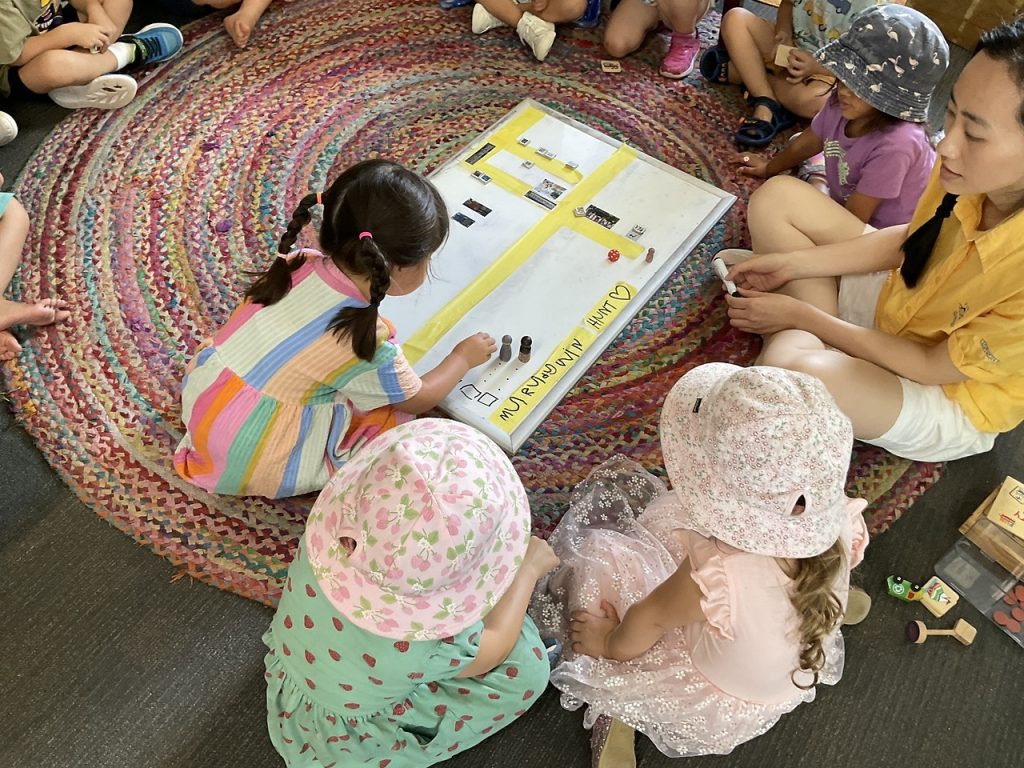For children under five, sharing and turn-taking are foundational social-emotional skills that develop gradually through experience, adult modelling, and guided support. As adults, our role is not to referee play or stifle their decisions, but to enable children and support the choices they make when sharing and taking turns.
Children need to learn to share to build and maintain friendships, play cooperatively, take turns, negotiate, and handle disappointment effectively. Sharing teaches children the importance of compromise and fairness. They understand that if they give a little to others, they can also get some of what they want. However, it is important to remember that children shouldn’t be forced to share something they are actively playing with just because someone asks.

The above occasions help children practise being assertive and explaining why they won’t share. Depending on their language skills, they may communicate this in different ways, and their adults need to support their choices.
At E&D Annandale, if a child is using a resource or if a space does not accommodate more children, a conversation will occur, during which negotiations will take place to determine when the child can use the resource or take a turn. We consistently encourage children to use phrases like “I am using this now, but you can have it when I am finished” and “There isn’t space for you right now, but I can let you know someone is finished”. With younger children, we will use this language for them and encourage a simplified version, like “You play after me”.
We also support children to ask for a turn with phrases like “You can ask Georgia for a turn when she is finished”, or “You have lots of trains, Georgia. Could Jen please have some too?”
There are many times when it is kind for children to share their toys with their friends. Children need opportunities to learn about and practise sharing. At home, you might want to use some of these ways to encourage sharing in everyday life:

Toddlers are learning to share; it’s challenging for them to understand why they must wait for something. Sharing often requires children to manage their emotions, and toddlers are only beginning to learn how to do this. Sometimes, toddlers try to take something from another child because they can’t wait, which can lead to upset feelings for both children. We strive to ensure that there are sufficient resources and play spaces are set up for meaningful play. However, when a disagreement arises, we view it as an opportunity to teach them how to make a request and respond respectfully.
By the age of 3, many children begin to understand the concepts of turn-taking and sharing. This includes concepts of sharing equally and what is considered ‘fair’; however, individuals may still be reluctant to share if it involves giving up something. A good way to help them is by practicing lots of turn-taking.
So, what does turn-taking mean? Turn-taking, or the act of taking turns in a situation, conversation, or even sharing space and time with another individual, can manifest in various ways.
As you can see, taking turns is part of daily life. Although we minimise the time children wait throughout a preschool day, children still need to wait. This could occur while they wait for a snack, to use the bathroom, transition to lunch, wait for a toy, or wait for their turn in a game. As children are exposed to more opportunities to practice taking turns, they develop patience and improve their ability to do so. However, when they first start, taking turns can be frustrating for both children and teachers.

Young children learn new skills every day, and this process is even more accelerated when they are in groups with other children. A child’s environment can include a variety of objects that they would like to use while others are using them.
Taking turns isn’t a skill children are born knowing how to do. In fact, as babies, we are all very self-serving and aware of only individual needs. This developmentally serves the infant and baby. Crying out is a survival instinct. There is no “turn-taking” in sleeping through the night or wanting to be fed at all hours of the day!
Turn-taking develops as a skill through modelling and observation, and then through practice with age.
Several developmental components play a role in turn-taking abilities:
Young children learn how to share through ample opportunities and supported facilitation from adults. When children are in a group with other children, opportunities to learn how to take turns come in a variety of forms, such as waiting for an object, waiting to participate in an activity, and waiting for their turn when they are in a large group completing a similar task.
Below, you will learn some simple ways to support turn-taking activities using visuals.
Visual Supports- Visuals support children in understanding what another person wants. Visuals can be utilised in parent-child relationships, teacher-child relationships, and even child–child relationships.
As children learn more words, they become able to comprehend directions (both new and familiar). However, before they understand the meanings of words, visuals can help communicate a message.
Other visual supports can include:
Verbal supports – As an early childhood educator, I like to give children the opportunity to play with an object for as long as they want, without imposing a time limit. I don’t use timers in my class to indicate when a child needs to finish with a toy.
When children play with toys, they use them for a purpose, and it can be frustrating to hear a timer go off in the middle of their game. This can cause frustration in the child due to having to end their play, and some friction with the child who will be receiving the toy.
Instead, we say the phrase “when you are all done, then _________ would like to play.” Typically, when a child is finished using a toy within a reasonable timeframe, the waiting child gladly accepts it.
Verbal supports can include:
https://raisingchildren.net.au/toddlers/behaviour/friends-siblings/sharing
